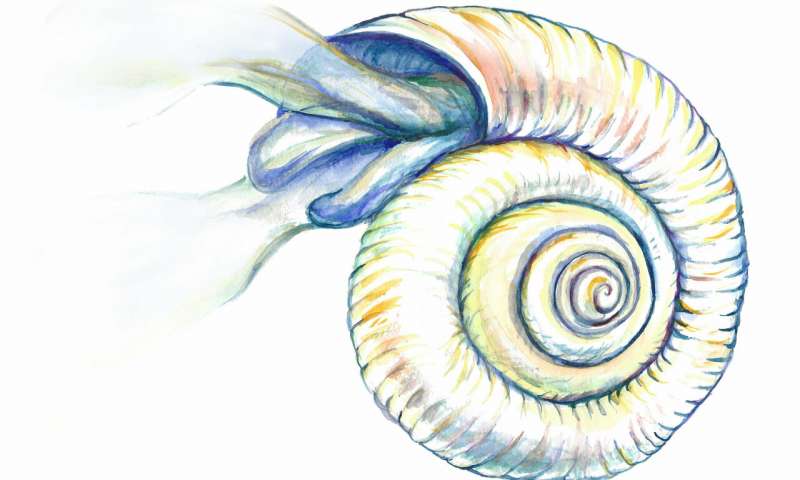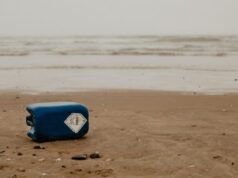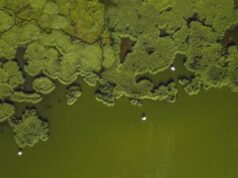Marine microorganisms in the Southern Ocean may find themselves in a deadly vise grip by century’s end as ocean acidification creates a shallower horizon for life, new University of Colorado Boulder research finds.
The modeling study, published today in the journal Nature Climate Change, forecasts that at current carbon dioxide emission rates, the depth at which some shelled organisms can survive will shrink from an average of 1,000 meters today to just 83 meters by the year 2100, a drastic reduction in viable habitat.
The steep drop, which could happen suddenly over a period as short as one year in localized areas, could impact marine food webs significantly and lead to cascading changes across ocean ecosystems, including disruptions of vital global fisheries.
Acidification occurs when oceans absorb atmospheric carbon dioxide (CO2) created by burning fossil fuels. The absorption alters the water’s chemistry, lowering its pH and reducing the amount of available carbonate, which microorganisms like corals and pteropods use to construct their calcium carbonate shells.
“These calcifying organisms will struggle to build and maintain their shells as acidification proceeds,” said Nicole Lovenduski, corresponding author of the study and a professor in CU Boulder’s Department of Atmospheric and Oceanic Sciences (ATOC) and Institute of Arctic and Alpine Research (INSTAAR). “In the future, a pocket of corrosive water will sit just below the surface, making life difficult for these communities of primarily surface-dwelling organisms.”
Find your dream job in the space industry. Check our Space Job Board »
“This study shows that our current carbon dioxide emission rates are influencing not only the chemistry of the Southern Ocean but its food web structure as well,” said Simone Metz, program director in the National Science Foundation’s Division of Ocean Sciences, which funded the research.
The Southern Ocean is particularly vulnerable to acidification due to colder waters which increase the solubility of CO2 as well as persistent upwelling that brings carbon-rich water close to the surface.
The study, led by then-CU Boulder undergraduate research assistant Gabriela Negrete-García, used data from the Community Earth System Model (CESM) to forecast ocean acidification under several CO2 emission assumption scenarios, looking specifically at the changes in calcium carbonate saturation. The team also examined water samples collected from previous ship-board expeditions to the Southern Ocean.
“We suspect that previous studies have overlooked the emergence of the shallow horizon by averaging together data from a number of different models as opposed to looking at individual model realizations,” said Negrete-García, formerly of INSTAAR and now a graduate student at the Scripps Institution of Oceanography.
While the individual simulations of the model differed on the timing of the threshold change—with some predicting it as early as 2006 and others as late as 2038—the research suggests that the change may be an inevitability in large regions of the Southern Ocean regardless of future mitigation efforts.
“If emissions were curbed tomorrow, this suddenly shallow horizon would still appear, even if possibly delayed,” Lovenduski said. “And that inevitability, along with the lack of time for organisms to adapt, is most concerning.”
Provided by: University of Colorado at Boulder
More information:Gabriela Negrete-García et al. Sudden emergence of a shallow aragonite saturation horizon in the Southern Ocean. Nature Climate Change (2019). DOI: 10.1038/s41558-019-0418-8
Image: An illustration of a Southern Ocean pteropod.
Credit: Kristen M. Krumhardt











